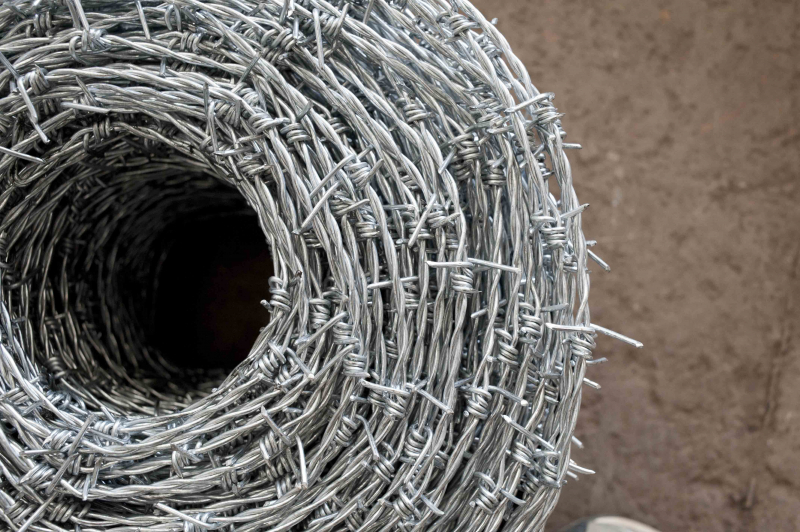Barbed Wire
American farmer Joseph Glidden created barbed wire in the 1870s as a means of preventing livestock from escaping confinement. It was a ground-breaking agricultural development that ended the traditional "open range" method of herding cattle in the west and gave rise to fenced pastures. Barbed wire will cause discomfort and possibly even injury to any person or animal attempting to cross it. All that is needed for barbed wire fencing are fence posts, wire, and fasteners like staples. Even a non-skilled person can quickly and easily put it together.
But its effects on warfare were considerably more pervasive. Due to its employment in constructing walls and perimeters, armies all over the world were manufacturing enormous amounts of barbed wire by the late 1800s. In conflicts like the Spanish-American War, Russo-Japanese War, and Boer War, it was very effective. An iconic aspect of World War One was the excessive use of barbed wire to strengthen the deeply entrenched fortifications along the western front. Eyewitness stories claim that in some locations, the walls of wire were so thick as to block both daylight and artillery barrages.












